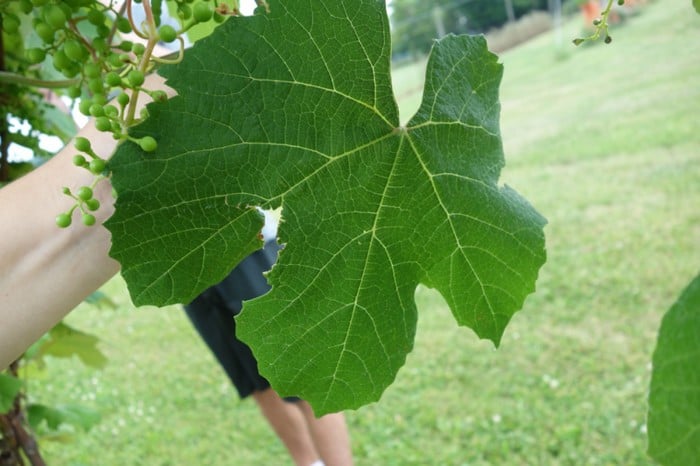Wilting Shrubs? Diagnose Plant Diseases with an App

You’re working in the garden when you notice your tomato plant is stunted and wrinkled. What is your next step?
A team of researchers from Penn State University and the Swiss Federal Institute of Technology in Lausanne (EPFL) believes you should reach for your phone. They are building a free app called PlantVillage that can recognize plant disease from a mobile phone photo.
Behind the app, expected to be available in early 2017, is a database of 150,000 photographs of diseased plants—a number the team intends to grow to three million. Right now the images are focused on what the team believes to be the 10 most important diseases affecting the 30 most important crops.
They trained a neural network on the images, resulting in an algorithm that can identify the correct plant and disease 98.21 percent of the time in high-quality images, according to a paper based on the database when it contained about 50,000 images. However, when the team pulled lower-quality pictures from outside websites, the accuracy dropped to 31.69 percent. So until the library of high-quality images grows, the varied lighting conditions found in gardens and on farms is likely to reduce PlantVillage’s accuracy.
The team is offering the database of images free to anyone who would like to use them. EPFL digital epidemiologist Marcel Salathé says they would gladly allow another team or company to develop a better algorithm—the point is to disperse and use the information as effectively as possible. He founded PlantVillage with Penn State entomologist David Hughes after noticing a disconnect between information about plants and the people seeking it.
“That to us seemed incredibly backwards,” Salathé says. “That was the point of the Internet."
Hughes and Salathé also found that images of infected plants were largely split into different databases, which were in general difficult to access. Their database contains the largest publicly available set of images of diseased plants.
There are other plant disease identifier apps available to the public, but they don’t work in quite the same way. Purdue’s Plant Doctor apps allow users to manually match up symptoms on their plants against other photographs. The Plant Doctor app out of the University of Hawaii actually has users submit images to a real person, who then diagnoses the problem.
University of Wisconsin-Madison plant pathology researcher Amanda Gevens, who is not involved with PlantVillage, is concerned that similar symptoms among multiple plant diseases could lead to misdiagnoses, which could lead to human, economic, and environmental impacts of great consequence. She recommends using trained observation and testing in combination with the app.
“Narrowing down a disease diagnostic for a home gardener or other non-commercial interest may be very useful," Gevens says. “However, confirmations based on more than just the appearance of symptoms are expected, if not required, in this day and age for commercial interests.”
Keep Reading
Most Popular
Large language models can do jaw-dropping things. But nobody knows exactly why.
And that's a problem. Figuring it out is one of the biggest scientific puzzles of our time and a crucial step towards controlling more powerful future models.
How scientists traced a mysterious covid case back to six toilets
When wastewater surveillance turns into a hunt for a single infected individual, the ethics get tricky.
The problem with plug-in hybrids? Their drivers.
Plug-in hybrids are often sold as a transition to EVs, but new data from Europe shows we’re still underestimating the emissions they produce.
Stay connected
Get the latest updates from
MIT Technology Review
Discover special offers, top stories, upcoming events, and more.